Archives
- 2025-11
- 2025-10
- 2025-09
- 2025-03
- 2025-02
- 2025-01
- 2024-12
- 2024-11
- 2024-10
- 2024-09
- 2024-08
- 2024-07
- 2024-06
- 2024-05
- 2024-04
- 2024-03
- 2024-02
- 2024-01
- 2023-12
- 2023-11
- 2023-10
- 2023-09
- 2023-08
- 2023-06
- 2023-05
- 2023-04
- 2023-03
- 2023-02
- 2023-01
- 2022-12
- 2022-11
- 2022-10
- 2022-09
- 2022-08
- 2022-07
- 2022-06
- 2022-05
- 2022-04
- 2022-03
- 2022-02
- 2022-01
- 2021-12
- 2021-11
- 2021-10
- 2021-09
- 2021-08
- 2021-07
- 2021-06
- 2021-05
- 2021-04
- 2021-03
- 2021-02
- 2021-01
- 2020-12
- 2020-11
- 2020-10
- 2020-09
- 2020-08
- 2020-07
- 2020-06
- 2020-05
- 2020-04
- 2020-03
- 2020-02
- 2020-01
- 2019-12
- 2019-11
- 2019-10
- 2019-09
- 2019-08
- 2018-07
-
Transient forebrain ischemia in rodents induces a reduction
2022-06-09

Transient forebrain ischemia in rodents induces a reduction in expression of mRNA encoding the AMPA receptor subunit GluR265, 66, 67, 68, 69 (Fig. 3). gluR2 mRNA expression is markedly reduced in the CA1 region (the COG 133 region most vulnerable to ischemia-induced damage), but not in the CA3 regi
-
br Acknowledgements This work was financed by the projects M
2022-06-09
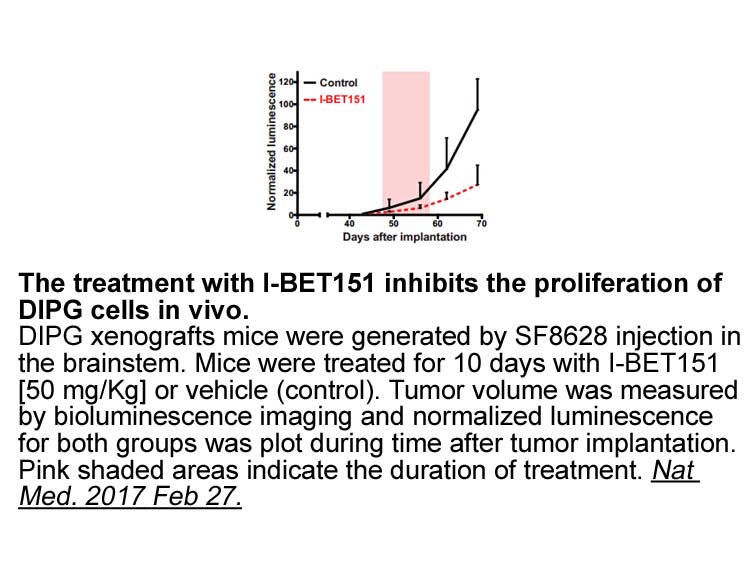
Acknowledgements This work was financed by the projects “Mejora Genética del Almendro” (MINECO-Spain, AGL2017-85042-R), “The molecular mechanisms to break flower bud dormancy in fruit trees” to RS-P within the Villum Young Investigator Program and by the VILLUM Research Center for Plant Plasticit
-
br Materials and methods br Contributors br Acknowledgements
2022-06-09
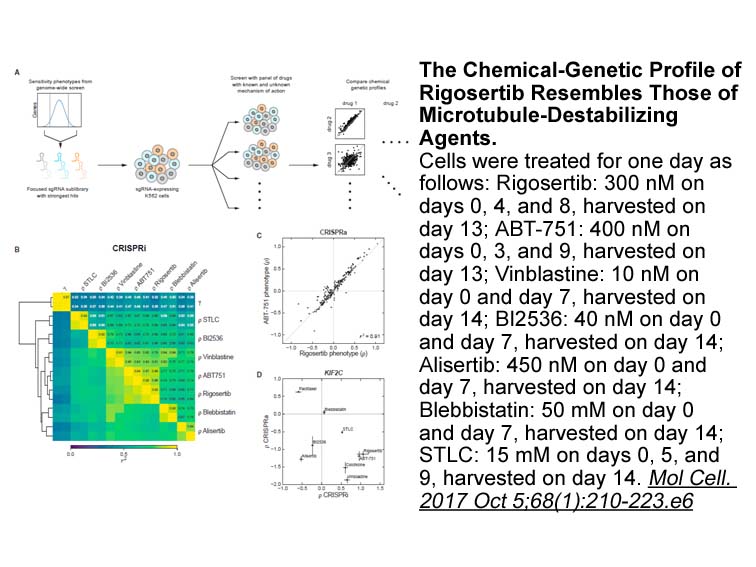
Materials and methods Contributors Acknowledgements This work was funded by the Ministry of Human Resources and Social Security, Shanxi Province [(2010)255], by a Shanxi Scholarship Council of China, and supported by a grant from the Alzheimer Society UK. The authors declare no conflict of
-
The secretase complex comprises four core
2022-06-09

The γ-secretase complex comprises four core subunits: presenilin (PS), nicastrin (NCT), anterior pharynx-defective 1 (Aph1), and presenilin enhancer 2 (Pen2) [7], [8]. PS is the catalytic subunit of γ-secretase, and many PS mutations associated with familial AD result in a high Aβ42/Aβ40 ratio [5].
-
Clinical trials of all GSIs have ended prematurely
2022-06-09
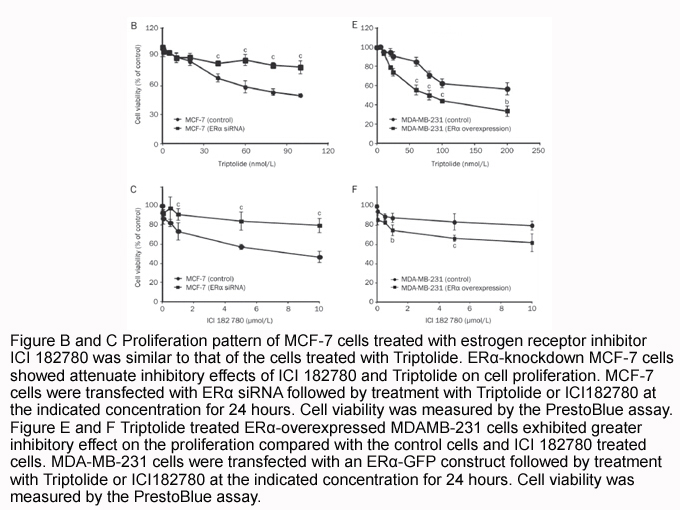
Clinical trials of all GSIs have ended prematurely, raising the question on our understanding of their target, the γ-secretase/presenilin. Development of compounds to target γ-secretase and reduce Aβ production is complicated by the fact that γ-secretase/presenilin has critical biological function,
-
Although pharmacological studies from the end
2022-06-09

Although pharmacological studies from the end of the 20th century suggested that β1-AR induces a cAMP-dependent apoptosis [30], more recently it has been demonstrated that cAMP, acting through PKA, may be a crucial anti-apoptotic factor in cardiac myocytes [31]. cAMP can also stimulate PI3K, and th
-
br Acknowledgements We thank Kathy Spindler for
2022-06-09
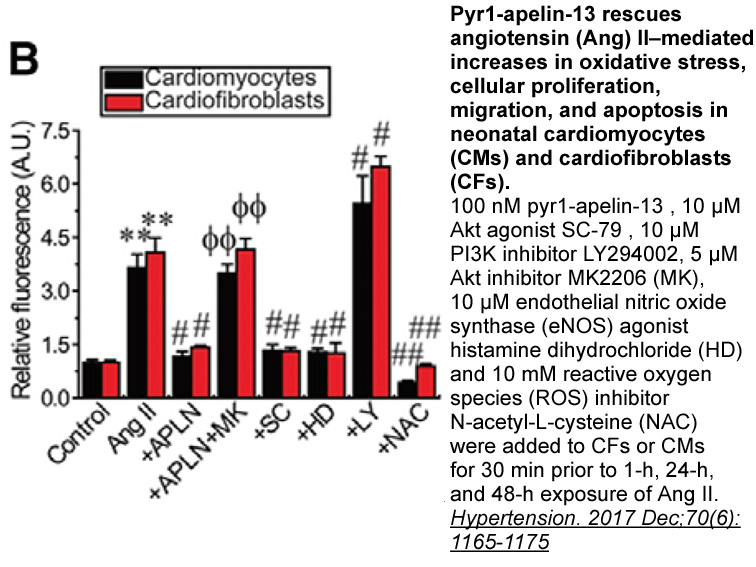
Acknowledgements We thank Kathy Spindler for helpful review of the manuscript. Expert technical assistance from Joel Whitfield in the University of Michigan Cancer Center Immunology Core is greatly appreciated. This research was supported by the American Heart Association (16GRNT30250013) and by
-
The synthesis route of strobol C
2022-06-09
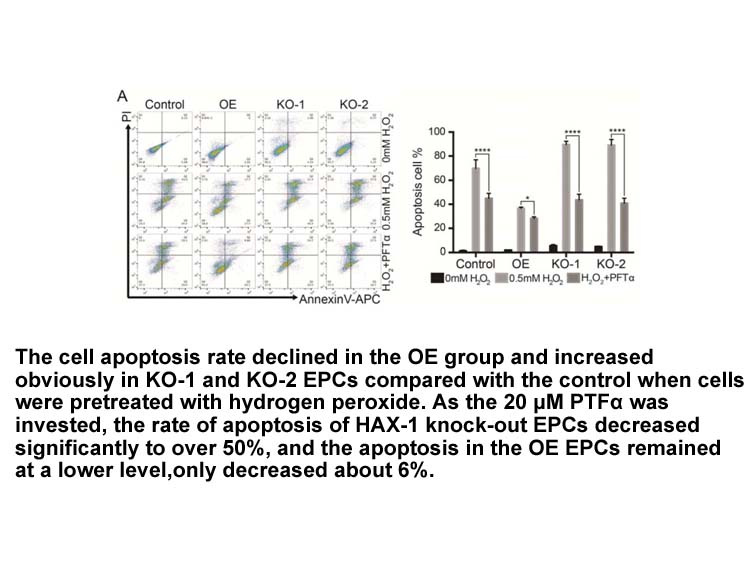
The synthesis route of strobol C started from kirenol, which was treated with phosphomolybdic 7026 hydrate in acetone to afford isopropylidenkirenol () as illustrated in . Treatment of with acetic anhydride in a mixture of dry pyridine, gave fully protected intermediate in 84.5% yields. Hydrolysis o
-
In comparison to the standard HPLC assay to detect LPV
2022-06-09
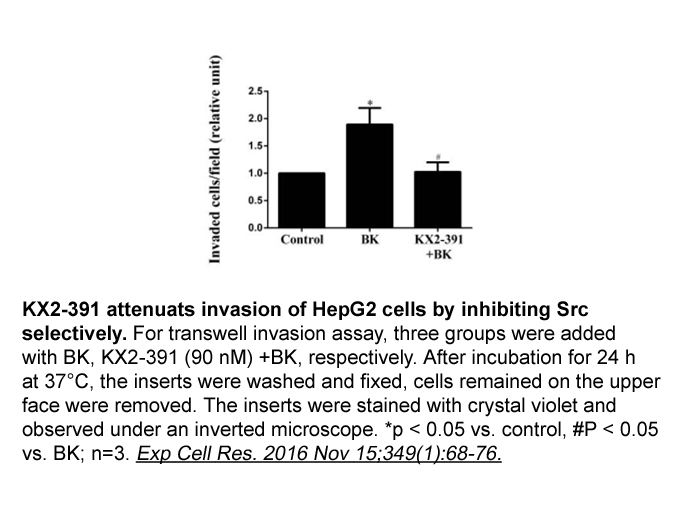
In comparison to the standard HPLC assay to detect LPV above or below 1,000 ng mL-1, the accuracy of the PIs-IC strip was 97.8 %, the sensitivity was 100% and the specificity was 97.1 %. This suggests that the PIs-IC strip test has the potential accurately to semi-quantify PI concentrations in plas
-
br Histamine H R The
2022-06-08
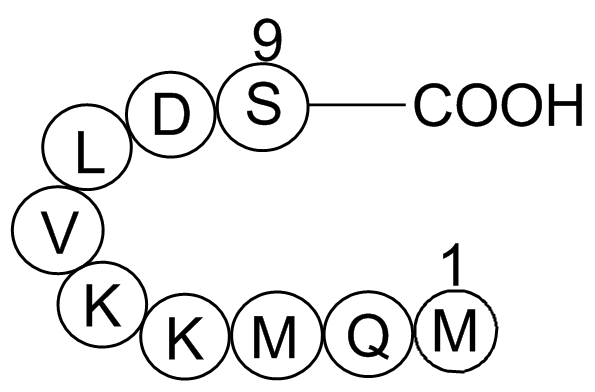
Histamine H4R The cloning of the H3R (Lovenberg et al., 1999) provided a template for the search of other ARQ 621 receptors, and resulted in the most recent discovery of histamine H4R. This concluded with six independent groups that have reported the cloning of the H4R (Leurs et al., 2009, Liu e
-
Beauvericin Experimental conditions may be critical to expla
2022-06-08

Experimental conditions may be critical to explain one model or the other. The matter of Hippo-driven cytoplasmic sequestration (Varelas et al., 2008) of active SMAD complexes (Varelas et al., 2008) vs. TßR basolateral relocalization upon epithelial polarization (Nallet-Staub et al., 2015) as mechan
-
br Hedgehog pathway in embryonic development It is now well
2022-06-08
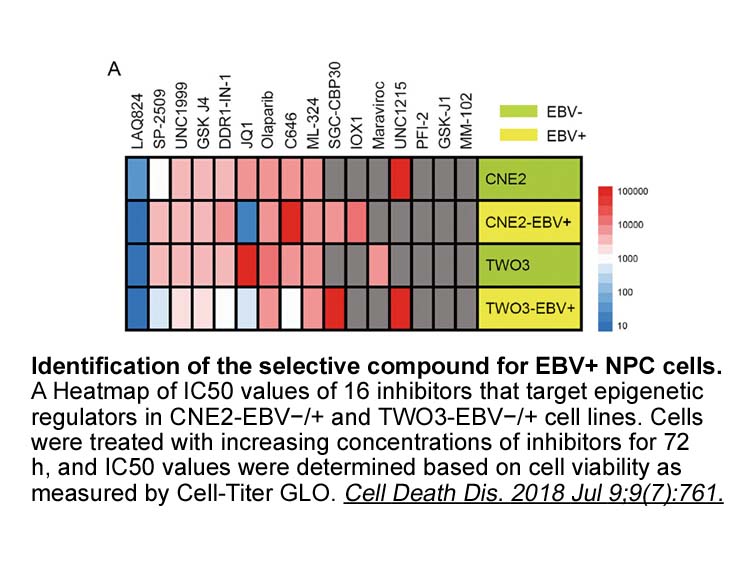
Hedgehog pathway in embryonic development It is now well established that the Hedgehog pathway solves a role as one of the essential signaling mechanisms for the modulation of cellular growth and differentiation during embryogenesis. Operating through time- and position-dependent mechanisms, this
-
Although historically the two ROCK isoforms have been viewed
2022-06-08
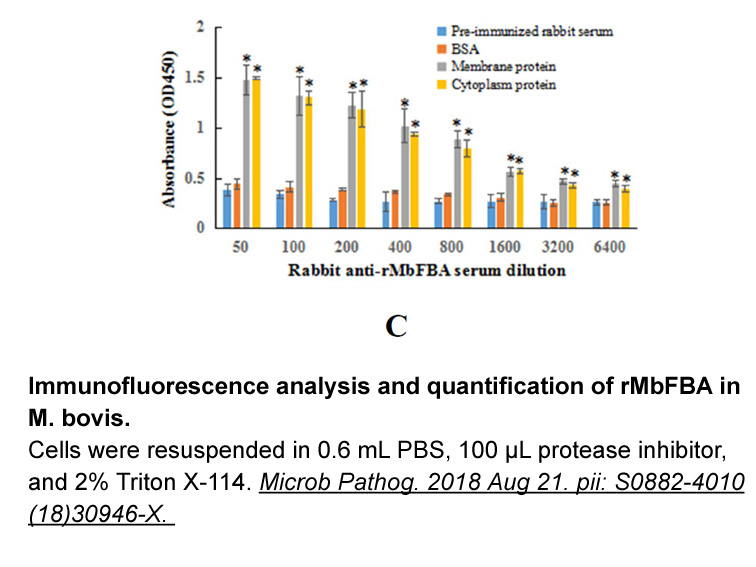
Although historically, the two ROCK isoforms have been viewed as redundant, recent observations show that the two isoforms of ROCK might have different functions (Newell-Litwa et al., 2015). Knockdown of ROCK1 was found to result in cell rounding and a decrease in cell size while cells with knockdow
-
The ketone body receptor HCA
2022-06-08

The ketone body receptor HCA2 is most likely not active under normal conditions, since local levels and plasma levels of ketone bodies such as β-HB are too low to activate the receptor. However, overnight fasting or prolonged starvation results in plasma levels of the ketone body in the millimolar r
-
Our last area of exploration was the piperidine core
2022-06-08
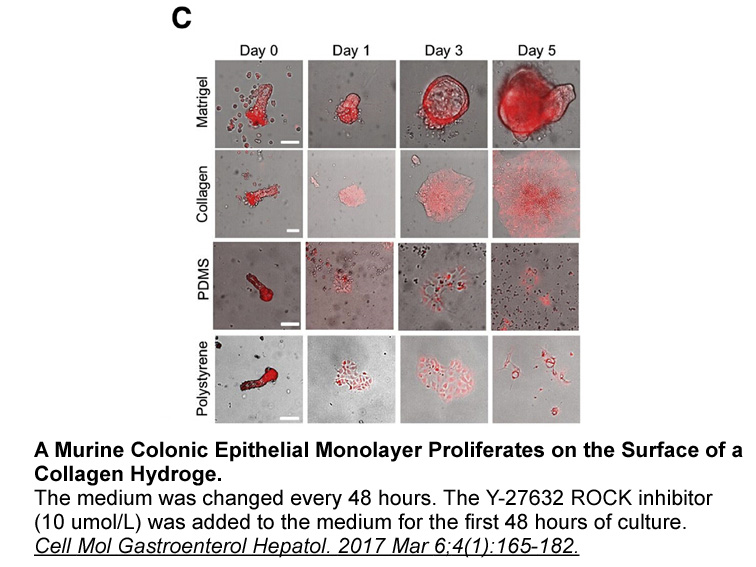
Our last area of exploration was the piperidine core as shown in . We rationalised that the basicity of the nitrogen (measured p=7.0) may be responsible for the affinity for the hERG receptor and we therefore sought to moderate this by incorporation of electronegative groups at the 3-position. To th
13216 records 410/882 page Previous Next First page 上5页 406407408409410 下5页 Last page